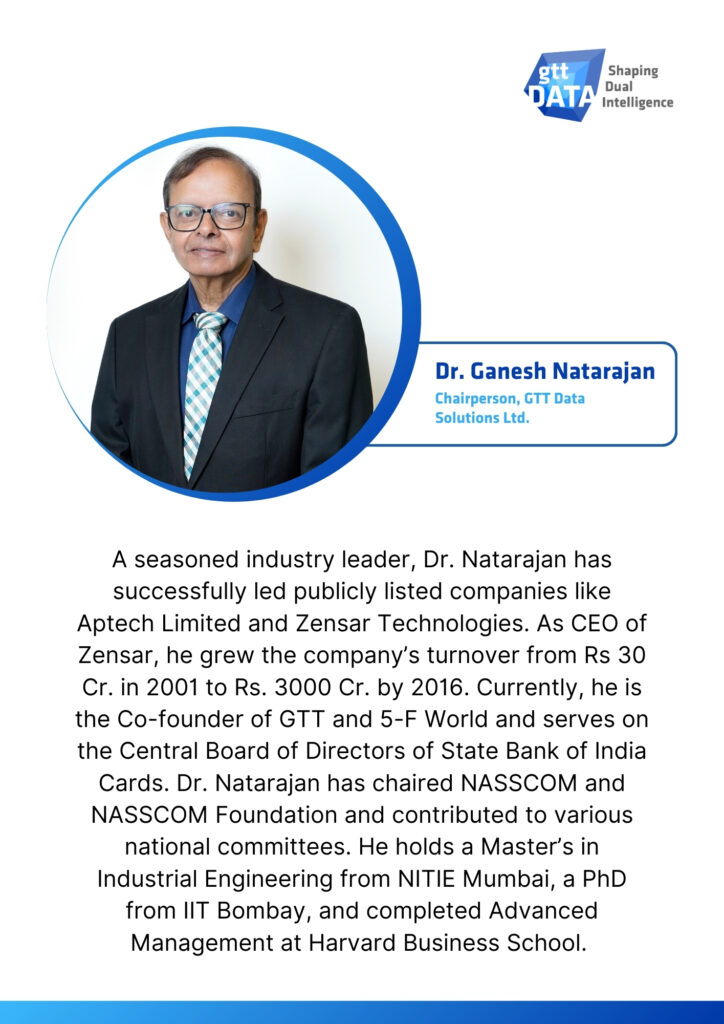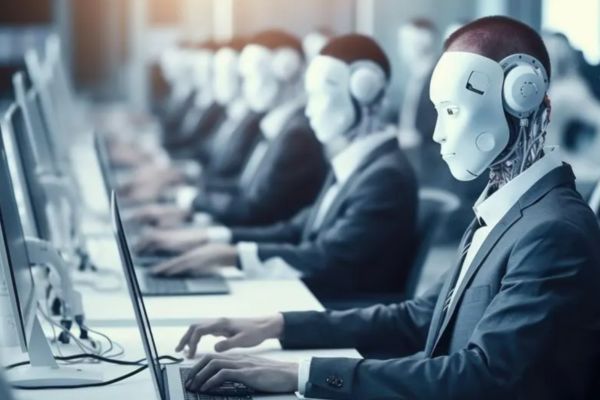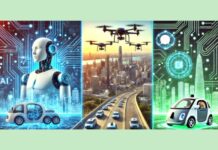As AI transforms workplaces around the globe, a new digital divide is emerging—not between those with access to technology and those without, but between those who truly understand AI’s capabilities and those who do not. When AI first emerged, organisations splintered into three distinct camps: the alarmists who feared the rise of superintelligence, the skeptics who dismissed AI as a fleeting buzzword, and the pragmatic visionaries who recognised its immense potential. Fast forward to today, and these visionaries are now steering the AI revolution while others scramble to catch up.
The path to our current reality follows a fascinating progression through the DIKW pyramid—Data, Information, Knowledge, and Wisdom. Once businesses recognised that “data is the new oil,” they raced to build sophisticated systems to extract and refine this precious resource. What began as simple data warehousing evolved into powerful analytics engines that transformed raw numbers into actionable intelligence. Today’s AI systems have evolved from describing what happened to predicting what will happen—and increasingly, prescribing what should happen. With the AI analytics market set to explode to $63.3 billion by 2032 (1), we face a profound inflection point: Are we surrendering too much decision-making authority to algorithms that lack human judgment?
As machine-driven decisions permeate everything from talent acquisition to financial strategy, those who truly understand AI’s capabilities and limitations won’t just operate these systems—they’ll architect how they’re deployed, drawing the critical line between human and machine authority. The AI transformation of work isn’t some distant future—it’s our present reality. The question no longer centres on whether AI will change jobs, but rather: who will master AI deeply enough to shape this new world rather than be shaped by it?
The Need for Dual Intelligence: Human and Machine in Harmony
What could truly allow superintelligence to take over is not just the capability of AI itself, but our blind trust in it. The risk lies in the unchecked deployment of increasingly powerful AI systems, where organisations delegate—and in some cases surrender—control of data capture, storage, analysis, and decision-making to intelligent machines.
This is why the concept of dual intelligence is crucial. Human intelligence must remain an integral checkpoint in the architecture of every intelligent system. Human oversight ensures that AI remains a tool, not a master. When humans continue to design and supervise the systems that drive business and manufacturing processes, we maintain control, from the shop floor to the boardroom. Now is the time to be intentional about this balance, especially as AI is being integrated into every process that promises increased efficiency and speed.
The AI Investment Surge and What It Means
The scale of AI’s current momentum is unprecedented. According to Stanford’s 2025 AI Index Report, private AI investment in the US surged to $109.1 billion in 2024—nearly twelve times more than China’s $9.3 billion. Generative AI has emerged as a major focus, with $33.9 billion in global private investment. The annual investment growth is now nearing 19%, with the U.S. leading the way in developing new models—40 of them in 2024 alone—compared to 15 from China and just 3 from Europe. (2)
The launch of DeepSeek from China has also resulted in parallel interest in LLMs (Large Language Models) and Small and Narrow Models, which makes AI accessible to specific functions and applications and also to all sizes of organisations. The report also mentions that inference costs have dropped 28-fold between November 2022 and October 2024, which points to widespread deployment to assist and sometimes do autonomous decision making.
Rethinking the Professional Landscape
While the question, “Will AI take your job?” is often answered with “No, but someone using AI will,” this framing may be too simplistic. As AI researcher Sangeet Paul Choudary points out, focusing only on individual tasks misses the bigger picture. (3) The real transformation lies in the restructuring of workflows, the emergence of new organisational logic, and the redefinition of roles within reimagined systems of work. Understanding AI is no longer about learning a tool—it’s about grasping a new architecture of how work gets done. Those who can make sense of this shift will be the ones who thrive in the new world of work.
The Path Forward
What this moment demands is a new kind of wisdom. As the global generative AI market size is expected to reach approximately $1,005 billion by 2034 (4), organisations must learn to delegate what AI can do well—processing, analysing, and even predicting—while ensuring that human judgment continues to guide action, outcomes, and strategy. The future of work will not be dominated by AI, but by those who know how to collaborate with it intelligently. In the end, the jobs of tomorrow will go to those who understand not just the mechanics of AI, but also its implications. It’s not about replacing people—it’s about elevating them.
About Author

References:
- https://www.alliedmarketresearch.com/predictive-analytics-market
- https://hai-production.s3.amazonaws.com/files/hai_ai_index_report_2025.pdf
- https://www.linkedin.com/posts/sangeetpaul_ai-wont-take-your-job-but-someone-using-activity-7317098248865832960-D7sj/
- https://www.globenewswire.com/news-release/2025/04/10/3059463/0/en/Generative-AI-Market-Size-Expected-to-Reach-USD-1-005-07-Bn-By-2034.html
- https://www.afr.com/technology/ai-at-work-makes-space-for-the-best-of-us-20250407-p5lps9
- https://spectrum.ieee.org/ai-index-2025
- https://www.financemagnates.com/trending/ai-will-take-your-job-ceos-say-deal-with-it-what-can-you-do/
- https://fortune.com/2025/04/09/ai-agents-taking-jobs/
- https://www.wsj.com/tech/ai/ai-jobs-mit-sendhil-mullainathan-135ad2b7
- https://www.forbes.com/sites/bernardmarr/2024/05/15/hype-or-reality-will-ai-really-take-over-your-job

















